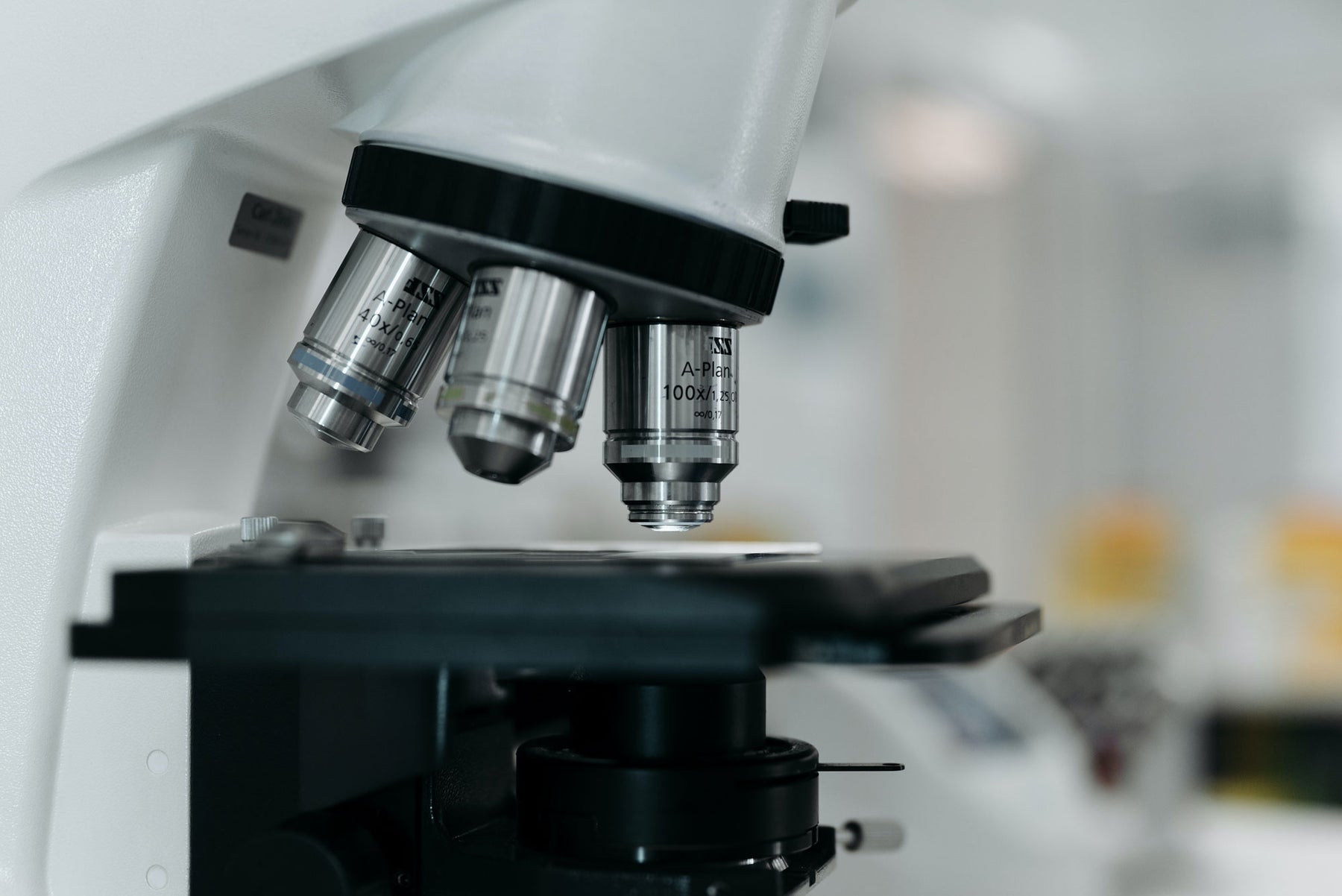
How to clean microscope objective lenses
Objective lenses are the heart of your microscope. To get the best image quality, you’ll need to keep them clean and clear.
Here’s a quick guide to cleaning your lenses.
Why clean your objectives?
Over time, dust, dirt and grime can build up on your lenses, particularly if you keep them uncovered or don’t properly remove immersion oil after use.
This inevitably leads to worsening image quality, and you’ll experience blurring, spots, shadows and distortions. Fortunately, it’s nothing a quick clean can’t solve.
Cleaning your objective lenses
Objective lenses are delicate and expensive pieces of equipment.
To avoid accidentally damaging the lenses during cleaning, you’ll need to be prepared with the right supplies for the job:
- Squeezable air blower
- Approved lens cleaning solution
- Cotton swabs
- Jeweller’s loupe (optional)
- Gloves
Cleaning procedure
Cleaning your lenses of general dust and dirt is quick and easy.
- Use the squeezable air blower to blow away any dust on the lens.
- Take your cotton swab and dip the end into the cleaning solution, shaking off any excess
- Starting from the centre of the lens, take the end of your cotton swab and gently wipe the lens in an outward spiral or circular motion until you reach the edge of the lens.
- Take a fresh cotton swab and wipe off any excess cleaning solution using a similar motion.
- Use your air blower to remove any remaining residue or dust.
- If you have a jeweller’s loupe, inspect the lens for any remaining imperfections. Or you can unscrew the objective and hold it up to the light, angling it so the reflections reveal any dirt or oil.
- If your lens is still dirty, repeat the process until it is clean.

Microscope Optics Cleaning Kit
Keeping your microscope clean
The best way to keep your microscope clean is to prevent it getting dirty in the first place.
Frequent cleaning can actually damage the coating on your lenses, so it’s important to follow these basic steps to minimise the need for cleaning.
- Keep your microscope covered when not in use. An approved dust cover will keep dust from getting into your optics.
- Remove any immersion oil immediately after use. Left too long it can harden and trap dust, ruining your image quality and eventually degrading the lens itself.
- Avoid touching the lenses with your bare hands. The oil on your fingers can leave smudges and sometimes damage the lens.
